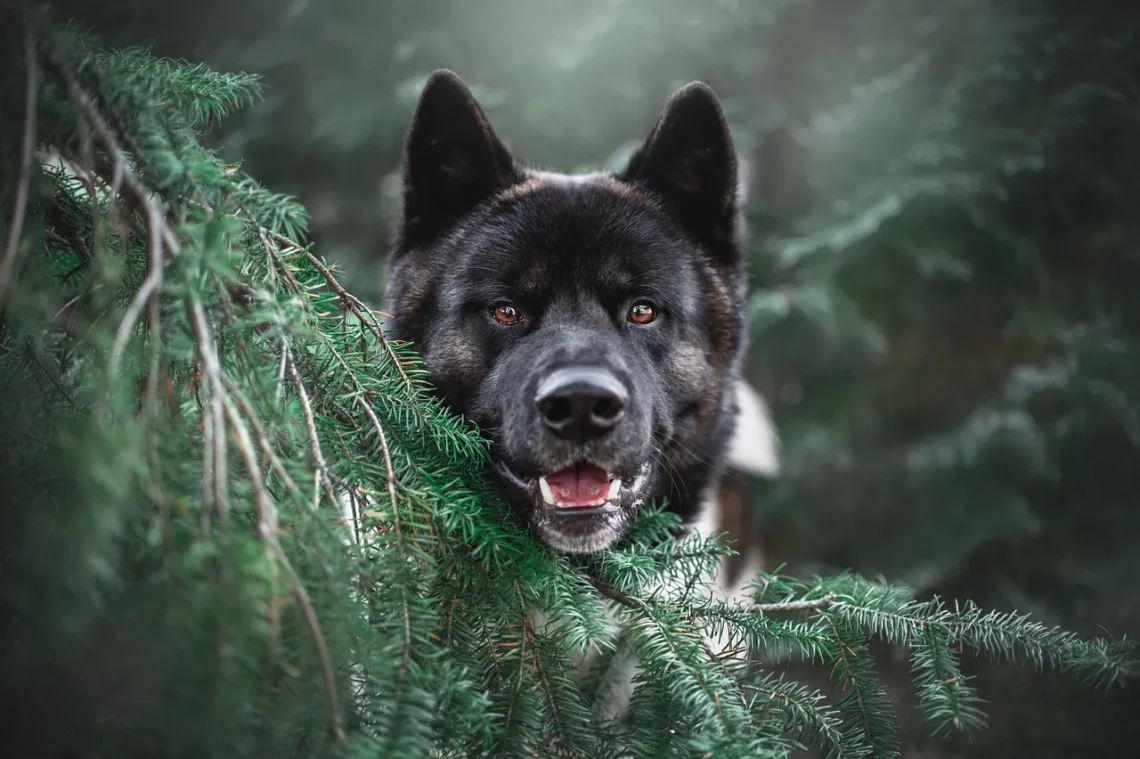
Understanding Sheepadoodle Size: What to Expect from This Hybrid Breed
Understanding Sheepadoodle Size: What to Expect from This Hybrid Breed
When considering adding a new furry friend to your family, size is often one of the most significant factors to contemplate. For those intrigued by the delightful Sheepadoodle, a crossbreed between a Standard Poodle and an Old English Sheepdog, understanding their size and what it entails is crucial. Sheepadoodles are known for their charming personalities, intelligence, and hypoallergenic coats, but their size can vary considerably depending on their parentage and genetics.
As a hybrid breed, Sheepadoodles can inherit various traits from both parent breeds, which influences their size. This variability can lead to a range of heights and weights, making it essential for prospective owners to have realistic expectations. Whether you are searching for a smaller companion or a larger family dog, the Sheepadoodle can offer a size that may be just right for you.
In this article, we will delve into the various factors influencing Sheepadoodle size, the typical size ranges for this breed, and how to prepare your home for a dog of this hybrid variety. By gaining a deeper understanding of the Sheepadoodle’s size, you can make informed decisions about caring for and raising your new companion.
Factors Influencing Sheepadoodle Size
The size of a Sheepadoodle is influenced by several factors, primarily the size of its parent breeds. Since Sheepadoodles are a mix of the Standard Poodle and the Old English Sheepdog, the size of these breeds plays a significant role in determining how large or small a Sheepadoodle will grow.
Standard Poodles typically stand between 15 to 24 inches at the shoulder and can weigh anywhere from 40 to 70 pounds, while Old English Sheepdogs are generally larger, standing between 20 to 24 inches tall and weighing 60 to 100 pounds. The genetic mix between these two breeds can result in a Sheepadoodle that varies significantly in size, with some puppies taking after the Poodle side and others leaning more towards the Sheepdog side.
Another critical factor is the size of the parents when breeding. If both parent dogs are on the larger end of their respective sizes, it is likely that their puppies will also be larger. Conversely, if the parents are smaller, the offspring may inherit that size. This variance is one of the appealing aspects of hybrid breeds; prospective owners often find a range of sizes to choose from.
Additionally, genetics play a significant role in determining size. Even within a single litter, you may find puppies of different sizes. This unpredictability can be exciting for potential owners but can also make it challenging to find a Sheepadoodle that fits your ideal size preference.
Lastly, nutrition and health can affect a Sheepadoodle’s growth. Like all dogs, proper nutrition is essential during the puppy stage to ensure they grow to their full potential. Puppies that are overfed or underfed can experience growth issues, so it is crucial to provide a balanced diet tailored to their developmental needs.
Typical Sheepadoodle Size Ranges
When it comes to Sheepadoodles, there are generally three recognized size categories: Standard, Miniature, and Toy. Each category has its unique characteristics and size range, offering potential owners a variety of options to choose from.
Standard Sheepadoodles are the largest of the three categories. Typically, they stand around 18 to 24 inches tall at the shoulder and weigh between 50 to 80 pounds. These dogs are robust, playful, and often require more space to move around. They do well in homes with larger yards where they can run and play, making them suitable for active families.
Miniature Sheepadoodles, on the other hand, are more compact, standing about 15 to 18 inches tall and weighing between 25 to 50 pounds. This size makes them a great choice for apartment living, as they require less space than their Standard counterparts. Miniature Sheepadoodles still retain the playful and energetic nature of their larger relatives, making them excellent companions for families and individuals alike.
Toy Sheepadoodles are the smallest in the group, typically standing under 15 inches and weighing anywhere from 10 to 25 pounds. These tiny pups are perfect for those looking for a smaller dog that still has a big personality. Due to their size, Toy Sheepadoodles can be more fragile than larger breeds, requiring careful handling and supervision around small children or larger pets.
Understanding these size ranges can help potential owners choose the right Sheepadoodle for their living environment and lifestyle. It’s also important to note that regardless of size, all Sheepadoodles are known for their friendly demeanor and intelligence, making them trainable and loving companions.
Preparing Your Home for a Sheepadoodle
Once you have decided on the size of Sheepadoodle that best suits your lifestyle, it’s time to prepare your home for your new furry friend. This preparation is crucial for ensuring a smooth transition for both you and your dog.
First and foremost, consider the space available in your home. Larger Sheepadoodles will need more room to move around and play, so a home with a yard or nearby park is ideal. If you live in an apartment, a Miniature or Toy Sheepadoodle may be a better fit. Regardless of the size, all Sheepadoodles require daily exercise, so access to outdoor space is vital.
Next, you will need to invest in dog supplies. This includes a comfortable bed, food and water bowls, toys, and grooming tools. Sheepadoodles have a unique coat that requires regular grooming to prevent matting and keep their fur healthy. A quality brush and grooming schedule are essential, especially for Standard and Miniature Sheepadoodles, which have longer fur.
Creating a designated area for your Sheepadoodle is also beneficial. This space should include their bed, toys, and a safe environment where they can relax. Establishing boundaries within your home will help your dog feel secure and understand where they can and cannot go.
Lastly, training and socialization are critical for a Sheepadoodle, regardless of size. Early training helps instill good behavior and ensures that your dog grows to be well-adjusted. Socializing your Sheepadoodle with other pets and people is also vital for their development and overall happiness.
In conclusion, preparing your home thoughtfully will help your Sheepadoodle feel comfortable and loved, creating a harmonious living environment for everyone involved.
Remember, this article is not intended as medical advice. Always consult with a veterinarian for any health-related concerns regarding your dog.




